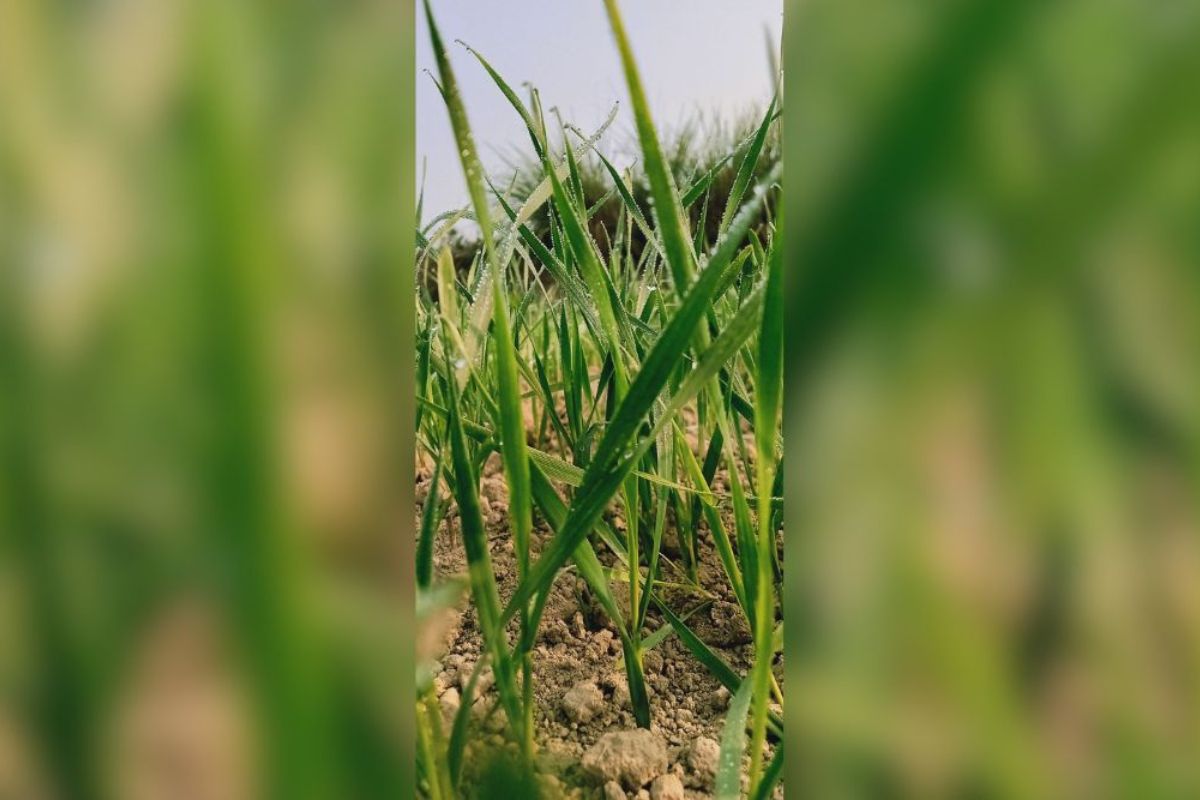How Does The Onset Of Winter Affect Farming In India? Strategies For Tackling Frost’s Impact On Crops
Winter agriculture in India faces several challenges including temperature impact on crop production, water scarcity for irrigation, pest and disease-related issues, and the impact of climate change.
Much awaited winter is here. India is predominantly an agricultural country, with a large portion of its population dependent on agriculture for their livelihoods. However, the winter season brings about certain challenges for the agricultural sector in India.
Role Of Sunlight In Agriculture
One of the primary challenges faced by farmers during winter is the lack of sunlight. The reduced daylight hours can limit the growth and productivity of crops.
Impact Of Temperature On Crop Production
Another major issue faced during winters is the impact of temperature on crop production. Some crops, such as rice and wheat, have specific temperature requirements for optimal growth. Extremely low temperatures can hinder the growth and development of these crops, resulting in reduced yields. In regions where winter temperatures are too low for these crops, farmers often have to rely on alternative crops that are more suited to the conditions.

Impact Of Water Shortage On Crop Production
Another challenge faced during winters is the availability of water for irrigation. In many parts of India, winters are characterized by reduced rainfall and limited water resources. This can lead to water scarcity for agricultural activities, making it difficult for farmers to adequately irrigate their crops. Water scarcity during winters can have a detrimental impact on crop production, leading to lower yields and affecting the overall agricultural productivity.

Problem Of Pests & Diseases In Winter
Furthermore, winters also bring about pest and disease-related issues in the agricultural sector. Some pests and diseases thrive in cold temperatures, posing a threat to crops. Farmers have to take appropriate measures to protect their crops from these pests and diseases, which often involves the application of pesticides and other control measures. However, excessive use of pesticides can have negative environmental implications.

What Effect Does Climate Change Have On Agriculture?
In recent years, climate change has also been a concern for winter agriculture in India. Changing weather patterns and unpredictable temperature fluctuations can disrupt the traditional cropping calendar and affect the timing of planting and harvesting. This can create additional challenges for farmers, as they have to adapt to changing conditions and implement suitable farming practices to mitigate the impact of climate change.
Winter Crops In India
Rabi crops, also called Rabi harvests, are crops that are planted in the winter and harvested in the spring. Rabi means “spring” in Arabic, so it’s a term used in the subcontinent. These crops are grown between November and April and rely on rainwater for water.
Some popular Rabi crops and vegetables include wheat, pulses, peas, carrots, onions, radish, and spinach. Wheat is the second most important food crop in the country and India is the world’s second-largest wheat producer. Pulses are crops that produce dried grains. They need to regulate moisture, humidity, and carbon dioxide levels, creating the right conditions for the crops.
Peas are cool-season crops that can be planted from winter to early summer. Small farmers use manual hand sprayers for farming peas in kitchen gardens. Carrots are great for vision and lowering cholesterol levels. They are high in antioxidants and need to be protected from pests.
Onions are easy to grow and high in Vitamin C. A seeding machine can help with the farming process. Radish is a winter favourite and can be farmed in kitchen gardens. Spinach is known for its iron content and small gardening tools like khurpa, folding saws, hedge shears, and cultivator panja 3-teeth are used by kitchen garden farmers.

Strategies to overcome challenges
Winter can be a challenging time for farmers, as the cold weather and reduced daylight hours can significantly impact agricultural activities. However, farmers have been employing various strategies to overcome these challenges and ensure the success of their farming operations during the winter months.
To tackle the issue of sunlight, many farmers have started implementing greenhouse farming techniques. Greenhouses provide a controlled environment where plants can receive optimum sunlight and protection from harsh weather conditions. By using artificial lighting systems inside the greenhouse, farmers can extend the duration of daylight and stimulate plant growth. This allows them to continue cultivating a variety of crops throughout the winter season.
Another major challenge faced by farmers during winter is temperature. Frost and cold weather can damage crops and make the soil less conducive for cultivation. To combat this, farmers use various techniques to protect their crops. One common method is the use of protective coverings, such as plastic sheets or row covers, to shield the plants from extreme cold. These covers trap heat and create a microclimate around the plants, preserving warmth and preventing damage. Additionally, farmers may employ irrigation techniques, such as sprinklers or misting systems, that create a layer of ice around the plants. This ice layer acts as insulation, protecting the crops from freezing temperatures.
Switch to Livestock farming
Farmers have also adopted winter-specific crop varieties that are more resistant to cold weather conditions. These varieties have been bred to withstand frost and have a shorter maturity period, ensuring a successful harvest before the onset of severe winter conditions. By selecting the right crop varieties, farmers can mitigate the risk of crop loss and ensure a steady supply of fresh produce throughout the winter months.
Additionally, some farmers have diversified their agricultural operations to include livestock farming alongside traditional crop cultivation. Livestock farming provides an additional income source during the winter, as animals can be raised indoors and their products, such as milk, eggs, or meat, can be sold year-round. This diversification strategy helps farmers sustain their income during the winter when crop cultivation may be limited.

Technology is a good option
Technology has also played a significant role in helping farmers overcome winter challenges. Advanced climate control systems in greenhouses allow farmers to regulate temperature and humidity levels, providing an optimal environment for crop growth. Additionally, farmers have been utilizing weather forecasting technologies to predict frost events and take necessary preventative measures in advance. This enables them to protect their crops effectively and minimize losses.
Farmers face several challenges during the winter months, including reduced sunlight, freezing temperatures, and limited crop cultivation. However, they have developed various strategies to overcome these challenges and ensure the success of their farming operations. By employing these strategies, farmers are able to mitigate the impact of winter on their agricultural activities and continue to provide a steady supply of fresh produce throughout the season.

The government also plays a crucial role in providing support and assistance to farmers, such as ensuring access to irrigation facilities and promoting climate-smart agriculture practices. By addressing these challenges and adopting sustainable farming methods, winter agriculture in India can continue to thrive and contribute to the country’s food security.
Also Read: Ankush Giri succeeded in Pearl Farming by learning from failures
Contact us – If farmers want to share any valuable information or experiences related to farming, they can connect with us via phone or whatsapp at 9599273766 or you can write to us at “[email protected]”. Through Kisan of India, we will convey your message to the people, because we believe that if the farmers are advanced then the country is happy.
You can connect with Kisan of India on Facebook, Twitter, and Whatsapp and Subscribe to our YouTube channel.



